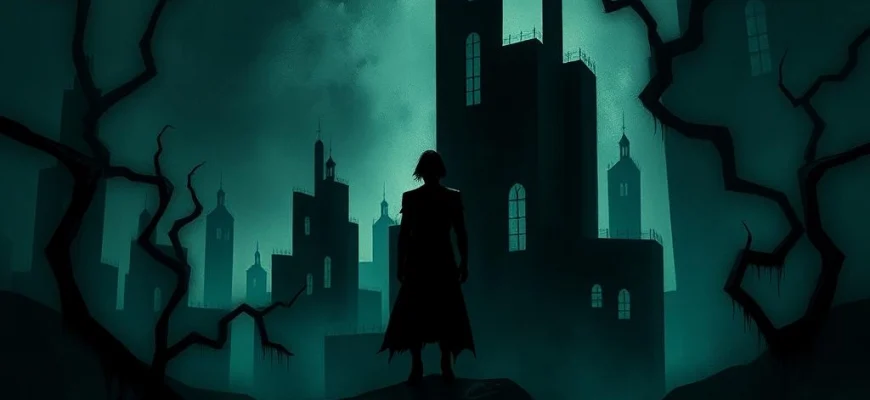If you were captivated by the eerie, expressionist world of *The Cabinet of Dr. Caligari* (1920), you're in for a treat. This article explores 10 movies and shows that share its haunting atmosphere, psychological depth, and surreal visuals. Whether you're a fan of silent cinema or simply love dark, twisted narratives, these recommendations will satisfy your craving for the uncanny.
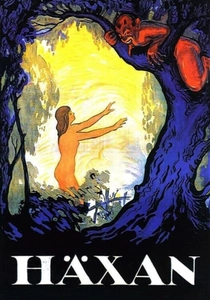
Häxan (1922)
Description: A blend of documentary and horror, using surreal imagery and dramatized sequences to depict witchcraft and superstition in a visually arresting manner.
Fact: The film was banned in several countries upon release due to its graphic depictions of torture and demonic rituals.
 Watch Now
Watch Now 
Nosferatu (1922)
Description: A silent horror film with a strong emphasis on expressionist visuals, featuring distorted sets and eerie lighting to create a nightmarish atmosphere.
Fact: The film was an unauthorized adaptation of Bram Stoker's 'Dracula,' leading to a lawsuit that ordered all copies to be destroyed, though some survived.
 Watch Now
Watch Now 
The Hands of Orlac (1924)
Description: A psychological horror film with expressionist influences, delving into themes of identity and madness through its unsettling visuals and narrative.
Fact: The film's plot revolves around a pianist who receives the hands of a murderer in a transplant, leading to paranoia and terror.
 Watch Now
Watch Now 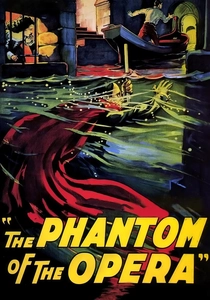
The Phantom of the Opera (1925)
Description: A gothic horror film with elaborate expressionist sets, emphasizing the grotesque and the tragic through its iconic masked villain.
Fact: The unmasking scene was one of the most shocking moments in silent cinema, with audiences reportedly fainting at its premiere.
 Watch Now
Watch Now 
Faust (1926)
Description: A visually stunning adaptation of the German legend, filled with expressionist imagery and dark, fantastical elements.
Fact: The film's special effects, including a giant demon spreading its wings over a town, were groundbreaking for the time.
 Watch Now
Watch Now 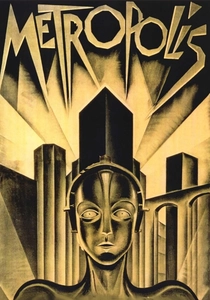
Metropolis (1927)
Description: A pioneering science-fiction film with expressionist design, exploring themes of industrialization and class struggle through striking visual symbolism.
Fact: The film's original cut was lost for decades, and a nearly complete version was only rediscovered in Argentina in
 Watch Now
Watch Now 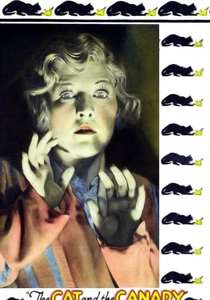
The Cat and the Canary (1927)
Description: A classic haunted house film with expressionist lighting and set design, blending horror and comedy in a suspenseful mystery.
Fact: The film is considered a prototype for the 'old dark house' genre, inspiring countless later horror-comedies.
 Watch Now
Watch Now 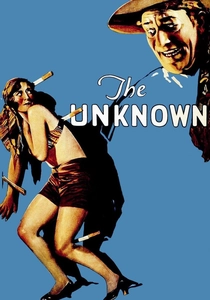
The Unknown (1927)
Description: A silent horror-thriller with a dark, twisted plot and expressionist undertones, focusing on obsession and physical deformity.
Fact: Lon Chaney, known as 'The Man of a Thousand Faces,' performed his own stunts, including a famous scene where he appears armless.
 Watch Now
Watch Now 
The Testament of Dr. Mabuse (1933)
Description: A crime-horror film with expressionist visuals, exploring themes of madness and criminal masterminds through its shadowy, atmospheric style.
Fact: The film was banned by the Nazi regime for its perceived criticism of authoritarianism, forcing the director to flee Germany.
 Watch Now
Watch Now 
Vampyr (1932)
Description: An early sound horror film with dreamlike, expressionist cinematography, creating an unsettling and surreal vampire tale.
Fact: The film was shot on location in a real castle, adding to its eerie, authentic atmosphere.
 Watch Now
Watch Now 
